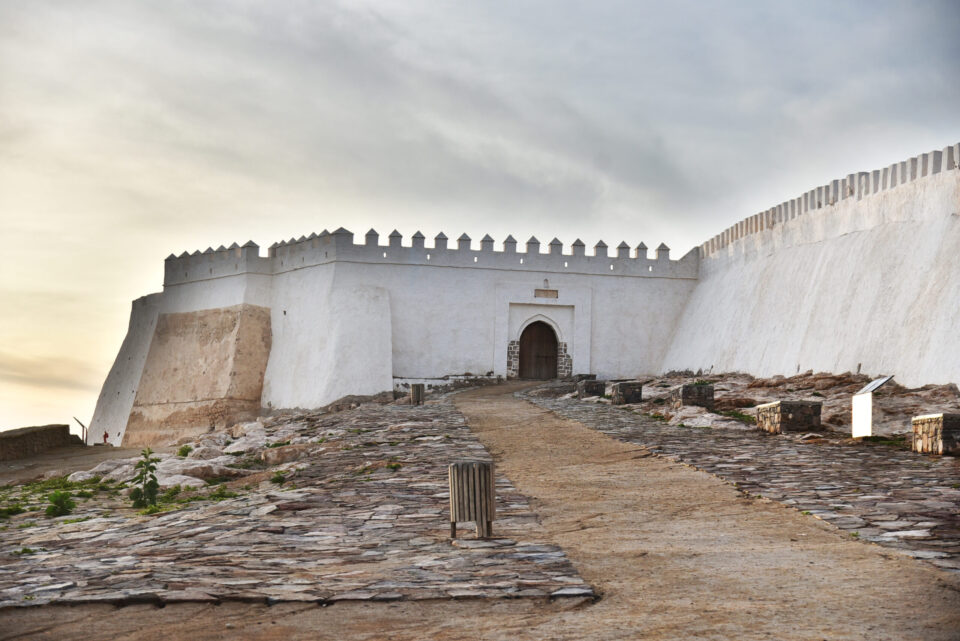The rebuilding process aimed to restore the city and create a more resilient and safer environment for its residents
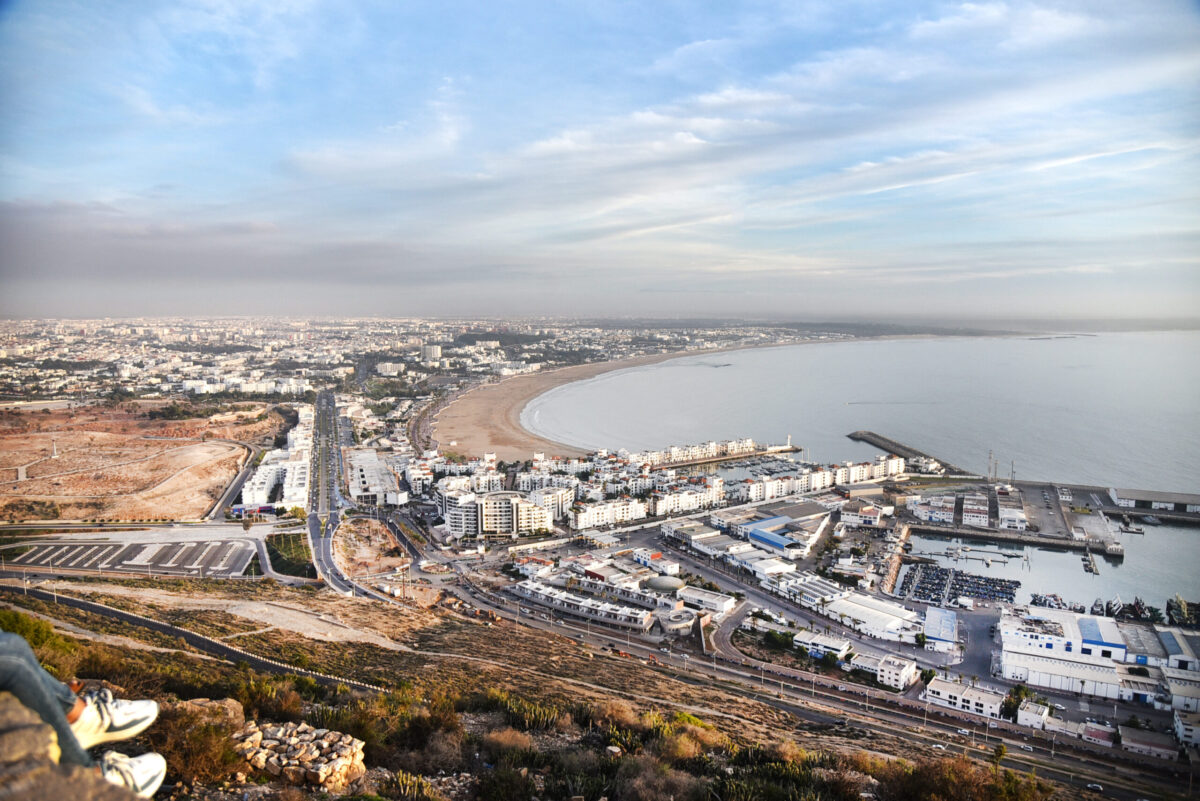
On 8 September 2023, Marrakesh was struck by a major earthquake with a magnitude of 6.9. It was the strongest instrumentally recorded earthquake in Morocco and the second deadliest since the Agadir earthquake in 1960.
Morocco is situated in a seismically active region, and earthquakes are a potential hazard. The country is located at the convergence of the African and Eurasian tectonic plates, making it part of the complex tectonic framework of the Mediterranean region.
It’s important to note that while earthquake hazards exist, Morocco has implemented measures to mitigate the impact of seismic events. Modern building codes, especially in urban areas, incorporate earthquake-resistant design principles to reduce the vulnerability of structures during earthquakes. Additionally, emergency response plans and public awareness campaigns are in place to enhance preparedness and resilience.
Monitoring and research by geological and seismological institutions play a crucial role in understanding and mitigating earthquake hazards. These efforts contribute to early warning systems and better-informed urban planning to minimize the potential impact of seismic events.
Morocco is situated in a seismically active region, and earthquakes are a potential hazard
While being in Marrakesh three months later, for the purpose of making this special edition, we still witnessed a few collapsed buildings. There were many casualties, with around three thousand deaths, but despite the strength of the earthquake, it was clear that major improvements in lowering the risks were made after the tragic one that hit Agadir sex decades ago.
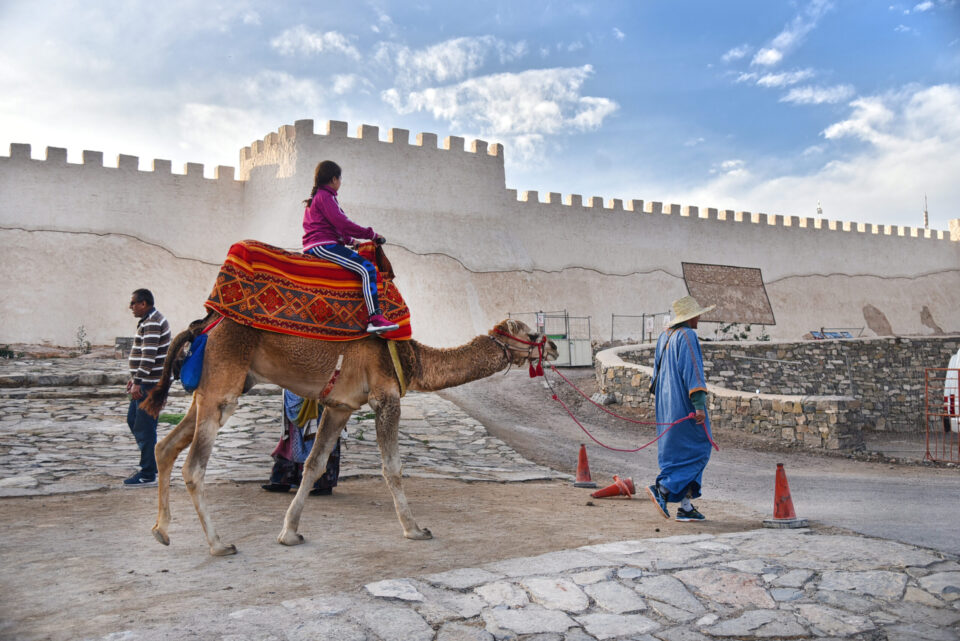
On 29 February 1960, minutes before midnight, when people slept, everything changed in seconds. The city of Agadir, with around 50.000 inhabitants then, was almost completely destroyed. Two of three city neighborhoods vanished. The oldest quarter, an upper hill casbah-walled city, was demolished, while the lower, newer part of the city was completely turned into ashes. Agadir lost a third of its population in a 15-second earthquake, followed by a huge tsunami and fire that occurred in the aftermath.
Agadir, known for its tourism and fishing industries, was ill-prepared for a seismic event of this magnitude. Many buildings were poorly constructed, lacking the necessary earthquake-resistant features. As a result, numerous structures collapsed, trapping residents beneath the rubble.
In the immediate aftermath, the Moroccan government launched rescue and relief efforts. International aid poured in, with neighboring countries and various organizations providing assistance. Rescue teams worked tirelessly to search for survivors and provide medical care to the injured.
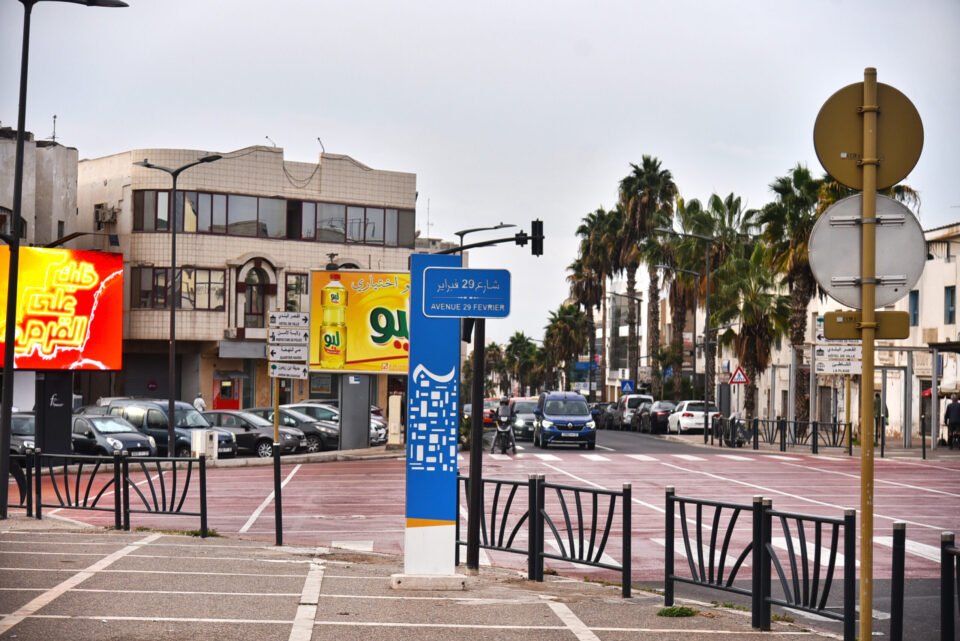
Immediately after the catastrophe, his Majesty Mohammed V, the king of Morocco, then, paid a visit to Agadir and decided the rapid reconstruction of the city. “The Reconstruction of Agadir will be the work of our will and our faith,” said the king. The current city was rebuilt around two kilometers further south, leaving the site of the devastation untouched. There are still bodies buried by earthquakes that have never been discovered. Today, there is a tourist cable car taking people to the old casbah, which is under renovation right now. A magnificent view over the modern city and the sea also shows a sad picture of the site of devastation and suffering.
“The Reconstruction of Agadir will be the work of our will and our faith” – his Majesty Mohammed V, the king of Morocco
The reconstruction of Agadir became a monumental task. The city was redesigned with modern urban planning principles, incorporating earthquake-resistant structures and improved infrastructure. The rebuilding process aimed to restore the city and create a more resilient and safer environment for its residents. Reconstruction was led by architects from all over the World, including Jean-Francois Zevaco, Elie Azagury, Pierre Codefy, and Claude Verdugo, with consultation from the famous Le Corbusier.
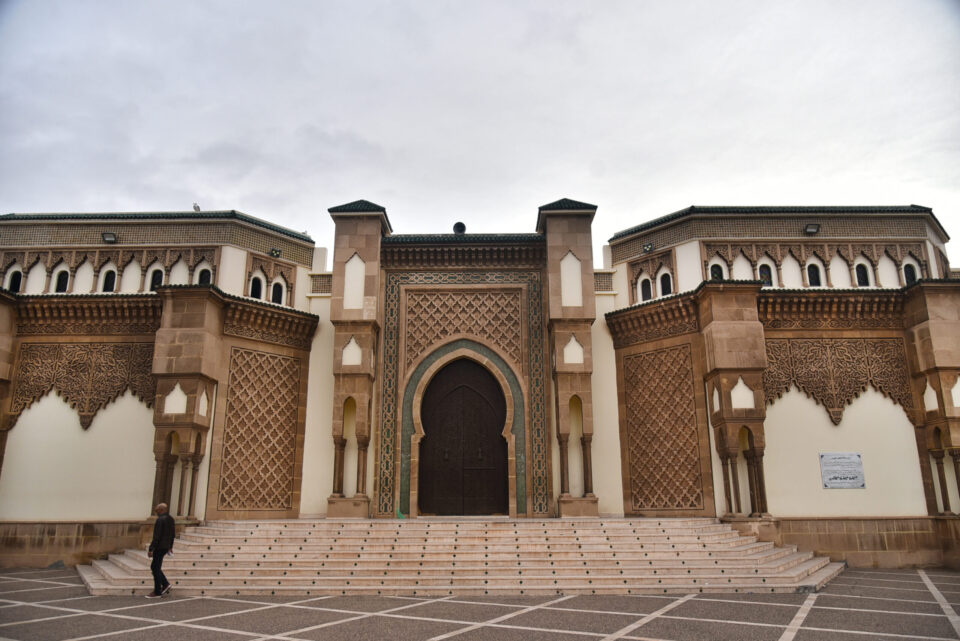
Several countries and international organizations offered aid to Morocco, contributing medical teams, relief supplies, and financial support. The global response underscored the solidarity of the international community in times of crisis.
The Agadir earthquake prompted lessons in urban planning and construction practices. Stricter building codes were implemented to ensure that structures could better withstand seismic activity, reducing the risk of such devastation in the future.
The Agadir Memorial Garden was established to commemorate the earthquake victims. The memorial serves as a poignant reminder of the tragedy and a place for reflection and remembrance.
The Agadir earthquake of 1960 remains a pivotal moment in Moroccan history, shaping the city’s destiny and inspiring a commitment to resilience, safety, and the rebuilding of a community in the face of immense adversity.
